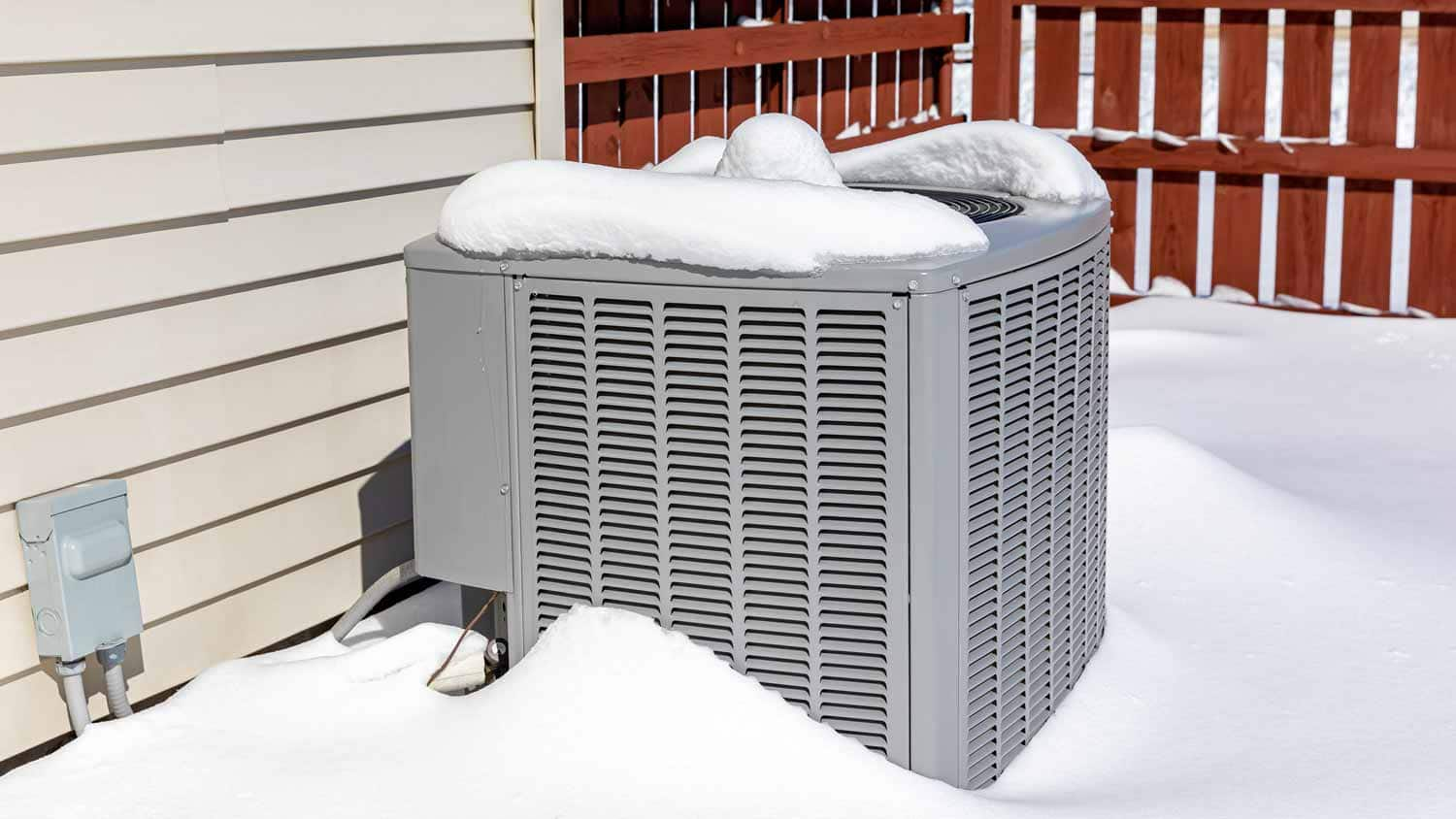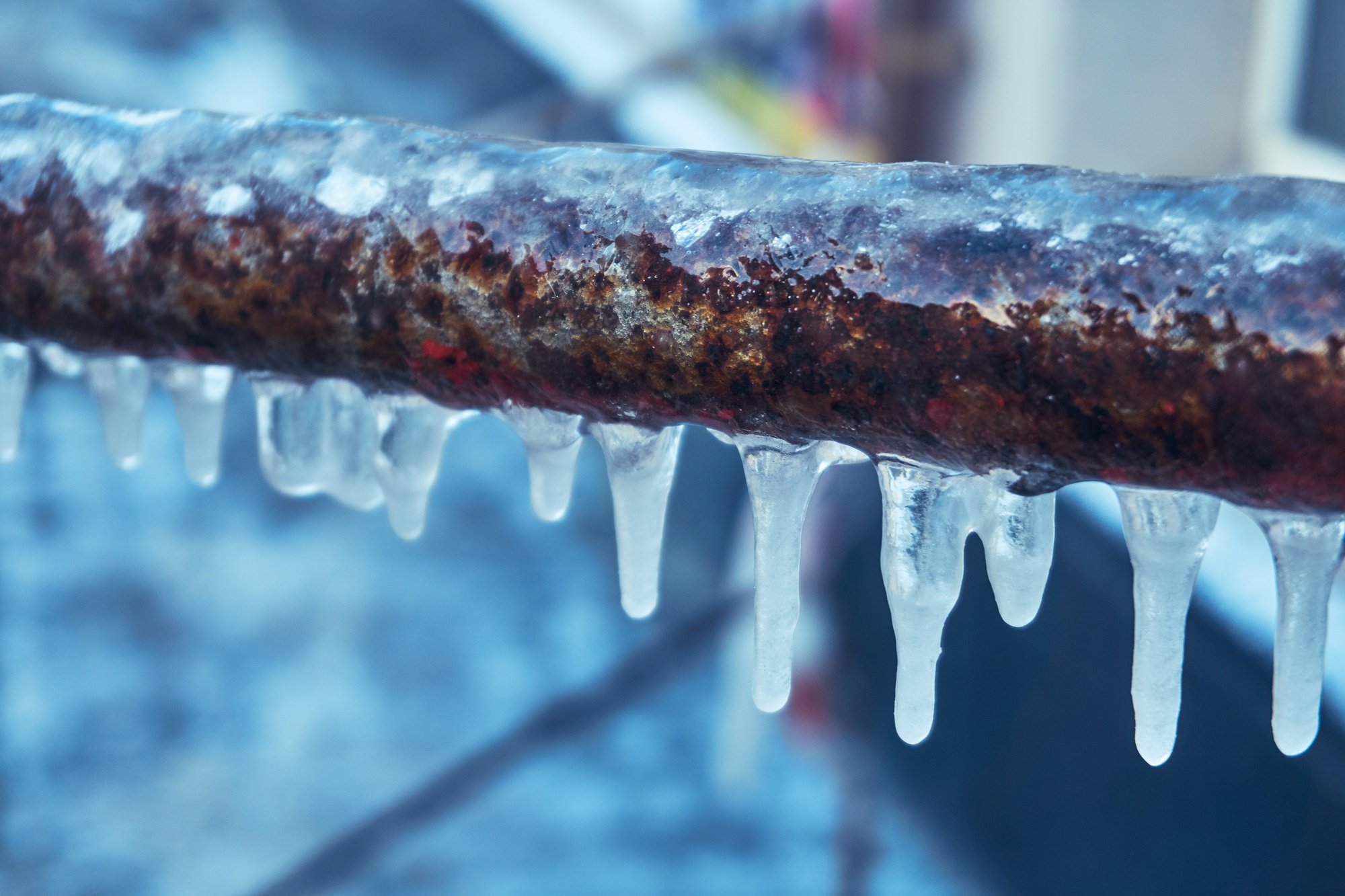We've stumbled upon this article on Why Is Ice On My Outside Air Conditione directly below on the internet and thought it made sense to relate it with you on my blog.

Introduction
Finding that your a/c pipeline is frozen can be concerning, specifically throughout warm summertime when you rely upon your ac system the most. Understanding what to do in such a situation is essential to prevent more damages to your cooling system and ensure your convenience inside your home.
Comprehending the Causes
Several factors can add to the freezing of an air conditioning pipe. Recognizing these causes can help you resolve the problem effectively.
Absence of Airflow
One common source of a frozen AC pipeline is inadequate airflow. When the air movement over the evaporator coil is restricted, it can trigger the coil to drop below freezing temperature, bring about ice formation on the pipe.
Low Refrigerant Levels
Not enough refrigerant levels in your a/c system can also cause a frozen pipe. Low refrigerant degrees can cause the stress in the system to drop, causing the freezing of dampness on the evaporator coil.
Winter Conditions
In colder climates, freezing temperatures outside can add to the cold of air conditioner pipelines. If your AC device is not correctly shielded or if there are leaks in the ductwork, cool air can infiltrate the system, creating the pipe to ice up.
Dirty Air Filters
Unclean or clogged air filters can restrict air movement in your air conditioner system, bring about various problems, consisting of an icy pipeline. It's necessary to replace or clean your air filterings system routinely to guarantee appropriate air flow and protect against ice buildup.
Signs of a Frozen A/c Pipe
Recognizing the indicators of an icy AC pipeline is essential for punctual action.
Minimized Airflow
If you notice a substantial decline in airflow from your vents, it can indicate an icy pipeline.
Ice Buildup on the Pipe
Noticeable ice buildup on the cooling agent line or the evaporator coil is a clear indication of an icy AC pipe.
Weird Sounds from the Unit
Unusual noises, such as hissing or bubbling, coming from your a/c device can signal that there's ice present on the pipe.
Immediate Actions to Take
When confronted with an icy air conditioner pipe, it's important to act swiftly to stop more damages to your air conditioning system.
Turning off the AC
The initial step is to shut off your air conditioning unit to prevent the system from running and exacerbating the issue.
Checking for Blockages
Evaluate the area around the interior device for any type of obstructions that may be obstructing air movement, such as furniture or curtains.
Defrosting the Pipe
You can utilize gentle methods like placing towels taken in warm water around the icy pipeline to help thaw it gradually.
Preventive Measures
Taking preventive measures can aid avoid future events of a frozen AC pipeline.
When DIY Methods Fail
If your attempts to thaw the pipeline or address other concerns are unsuccessful, it's time to hire a specialist.
Significance of Hiring a Professional HVAC Technician
A qualified HVAC technician has the proficiency and devices required to detect and repair issues with your a/c system securely and efficiently.
Routine Maintenance Checks
Set up regular maintenance contact a specialist HVAC technician to make sure that your air conditioner system is running efficiently.
Changing Air Filters
Frequently replace or cleanse your air filters to stop air movement limitations and preserve ideal performance.
Shielding Exposed Pipes
If your air conditioner pipelines are exposed to chilly temperature levels, consider insulating them to prevent cold throughout winter season.
Seeking Professional Help
If DIY methods fall short to settle the problem or if you're uncertain about just how to continue, it's finest to seek aid from a qualified HVAC technician.
Verdict
Handling an icy a/c pipe can be an irritating experience, however knowing exactly how to react can assist decrease damage and recover comfort to your home. By comprehending the reasons, recognizing the indications, and taking punctual action, you can properly deal with the problem and prevent future occurrences.
What to Do If Your AC Line Is Frozen
Make Sure All Supply and Return Air Vents Are Open
If you notice problems with airflow, the first thing you should do is check your supply and return vents. Supply vents distribute clean, conditioned air throughout your home. As this air becomes stale, it’s pulled into the return vent, where it’s reconditioned before being sent back out through the supply vent.
When these vents are closed, air won’t flow in the home. Before examining your AC, check the vents in every room and ensure they’re all open.
Check for a Dirty Air Filter
Another possible cause of limited airflow is a dirty air filter. Your air conditioner’s filters catch elements you don’t want to breathe in, such as dirt and dust. Over time, filters can become clogged, ultimately blocking air from flowing in and out. The lack of airflow can then cause the entire coil to freeze and will completely restrict any air from moving through it. The AC may need to be powered off for one to two days to allow the coil to thaw after replacing the filter to allow proper functioning of the unit. This debris can also accumulate on your AC’s evaporator coil, requiring a more serious repair. In general, air filters should be cleaned regularly (about every two weeks).
Assess Your Outdoor Unit
In addition to checking your AC, assessing the outdoor unit is a good idea. Also known as the condensing unit, it works with your interior unit to release heat outside. An issue with the outdoor unit can result in rising internal temperatures.
Overgrown Shrubs or Clogged Leaves
From leaves and twigs to shrubs and debris, there’s no shortage of outdoor elements that can accumulate around your condensing unit. When these elements get lodged inside the unit, they can block airflow. Fortunately, removing the blockage can solve the problem.
Sounds of a Broken Fan
Shrubs and leaves aren’t the only things that can impede your outdoor unit’s airflow. If the fan is broken, the unit won’t be able to properly get rid of heat — which means the internal temperature won’t go down. First, make sure the fan is spinning. If it is, check for the following sounds of a broken fan:
- Buzzing
- Rattling
- Screeching
- Hissing
- Clicking
Preventative Measures
Nobody wants to deal with a frozen AC line. In addition to causing problems with your air conditioner, they require professional repairs. On the bright side, there are preventative measures you can take to help ensure this issue doesn’t arise in the first place.
https://www.coopergreenteam.com/blog/what-to-do-if-ac-line-frozen

I recently found that piece about What Causes AC Pipes To Freeze? when doing a lookup on the internet. Those who liked our post kindly be sure to pass it around. I take joy in reading our article about What Causes AC Pipes To Freeze?.
Schedule An Appointment
Comments on “The Air Conditioner Pipe Is Completely Frozen - What Do I Do? Guidance for Remedy”